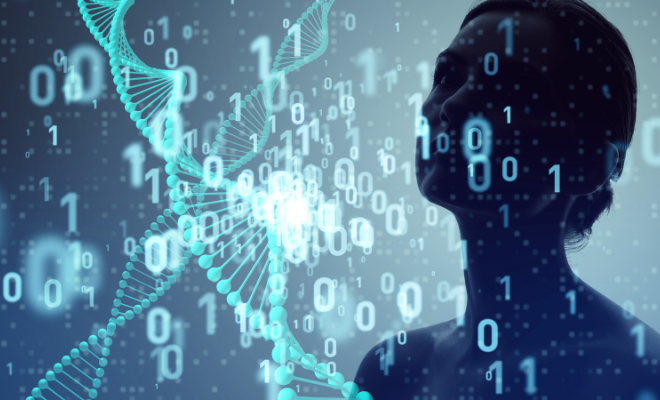With the ending of the Project of the Human Genome in the year 2003, several technologies have transcendido in a lot of fields of the biology. Between them the technologies ómicas, that, beside the progresses in bioinformática, bioestadística or computational biology have supposed a new was of analytical technologies of precision.
This precision is the one who fits fully with the cosmetic, to develop and evaluate products increasingly effective, that can have an additional layer of differentiation inside the sector.
The big advantage that offer the technologies ómicas, is the capacity to analyse and interpret complex biological matrices, as it is the case of the skin or the hair. In general, they are a group of tools that allow us understand the mechanisms, systems and functions that regulate the biological processes. This grouping of technicians is reflected in the own terminology "omics" that is used touse in molecular biology to describe something on a large scale, and that is tied to the suffix –ome (variant of the Greek) that means "whole" or "complete".[1]
Although they exist a lot of variants of technologies ómicas, those that at present have a greater application in cosmetic are the genomics, lipidómica, proteómica, transcriptómica and the metabolómica, to analyse genes, lipids, proteins, RNA and metabolites respectively. [2] Inside these big blocks, also would be included the analysis of peptides, interaction of populations of microbiota among others systems or biomoléculas.
It is important to stand out that these technical ómicas, have his base in existent technologies. The transcriptómica, for example, does use of technologies of microarrays, secuenciación of RNA, SAGE (serial analysis of gene expression) between other technologies, with his back computer analysis. In studies of metabolómica, for example, is used touse the nuclear magnetic resonance or the spectrometry of masses. [3] That is to say, combining technical experimental of high precision with technologies of integration of the information, arrivesto have a vision "ómica" more complete of a biological matrix.
In the recent literature, can see the potential to detect biomarcadores by means of these technicians multi-ómicas, that can have a big utility for the cosmetic sector.
In hair, this June of 2022 researchers of the Beijing Technology and Business University, have detected by means of lipidómica, biomarcadores lipídicos to analyse the process of aging capilar. [4] These lipids, although they only represent 2% of the total composition of the hair, can reveal a lot of information, no only of biological processes like the aging, but also of the effect of application of determinate cosmetics.
In skin, in September of 2021, L'Oréal published an investigation with several technical ómicas to analyse the effect of the chronic exhibition to pollution and his consequences in the skin to level of metabolites, microbiota, early pigmentation and other imperfections of the skin. [5]
Also it has investigatedby means of technicians ómicas the process of aging. When we age, between a lot of other processes, our molecular pattern changes and can analyse for example to genetic level on metilaciones in the DNA or mutations somáticas, among others processes. [3] [6]
In conclusion, the «ómicas» suppose a challenge for the modern science and the cosmetic, since they will mark the difference in the scale and the precision with which developor evaluatethe cosmetic products in a future. By this reason, is important to follow closely the evolution of these technologies from our sector.
[1] Nalbantoglu, S., Karadag, To., 2019, 'Introductory Chapter: Insight into the OMICS Technologies and Molecular Medicine', in S. Nalbantoglu, H. Amri (eds.), Molecular Medicine, IntechOpen, London. 10.5772/intechopen.86450.
[2] I Have J, Jia And. Application of omics technologies in dermatological research and skin management. J Cosmet Dermatol. (2021);00:1–10.
[3] Valdes To, Glass D, Spector T. Omics technologies and the study of human ageing. Nat Rev Genet 14, 601–607 (2013).
[4] Ma And, Have C. Exploration of potential lipid biomarkers for Age-Induced Hair Greying by lipidomic analyses of hair shaft roots with follicular tissue attached, J Cosmet Dermatol. (2022).
[5] Misra N, Clavaud C, Guinot F, Bourokba N, Nouveau S, Mezzache S, Palazzi P, Appenzeller BMR, Tenenhaus To, Leung MHY, Lee PKH, Bastien P, Aguilar L, Cavusoglu N. Multi-omics analysis to decipher the Molecular link between chronic exposure to pollution and human skin dysfunction. Sci Rep. (2021);11(1):18302.
[6] Rutledge J, Oh H, Wyss-Coray T. Measuring biological age using omics Dates. Nat Rev Genet (2022).
